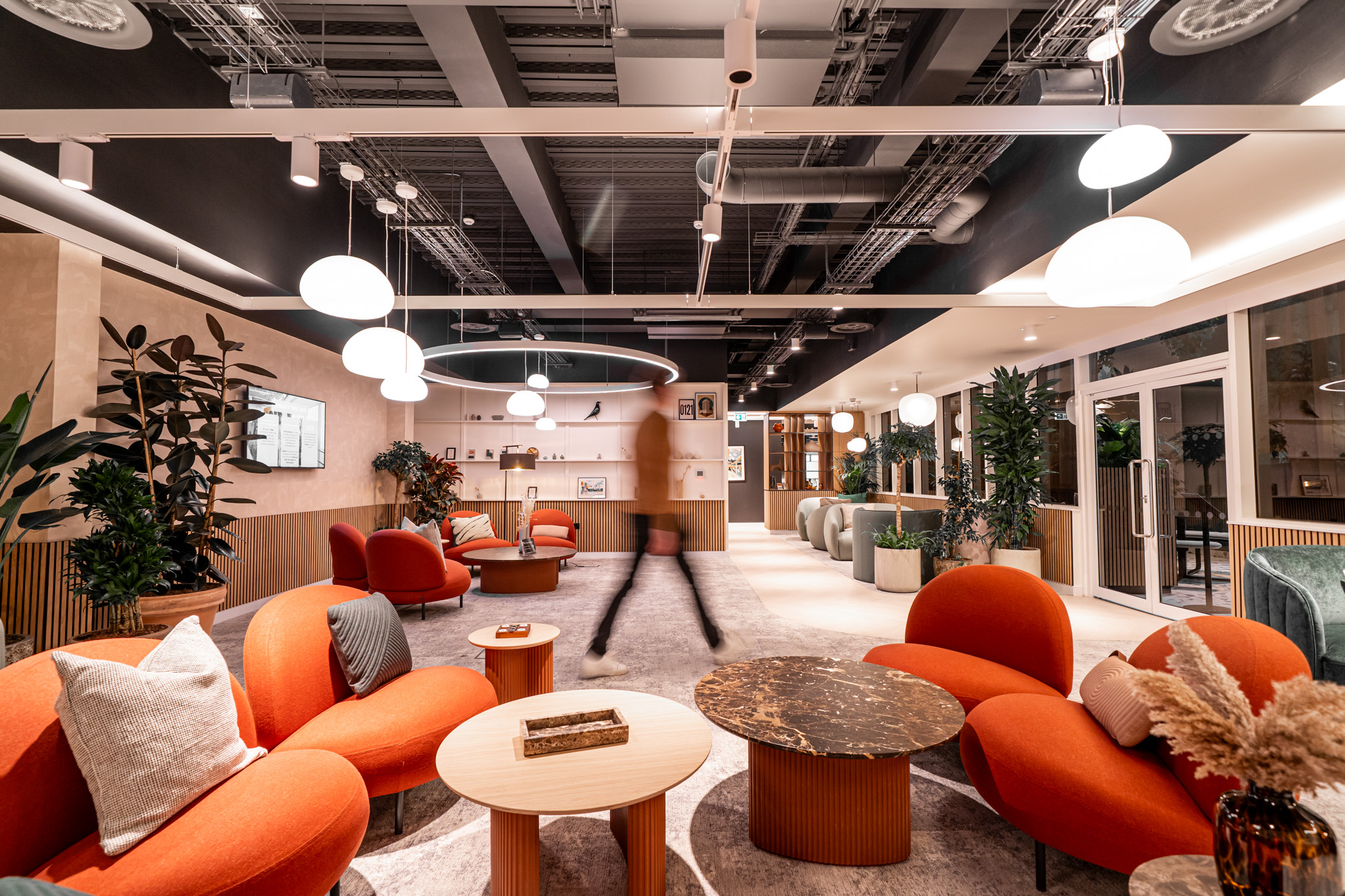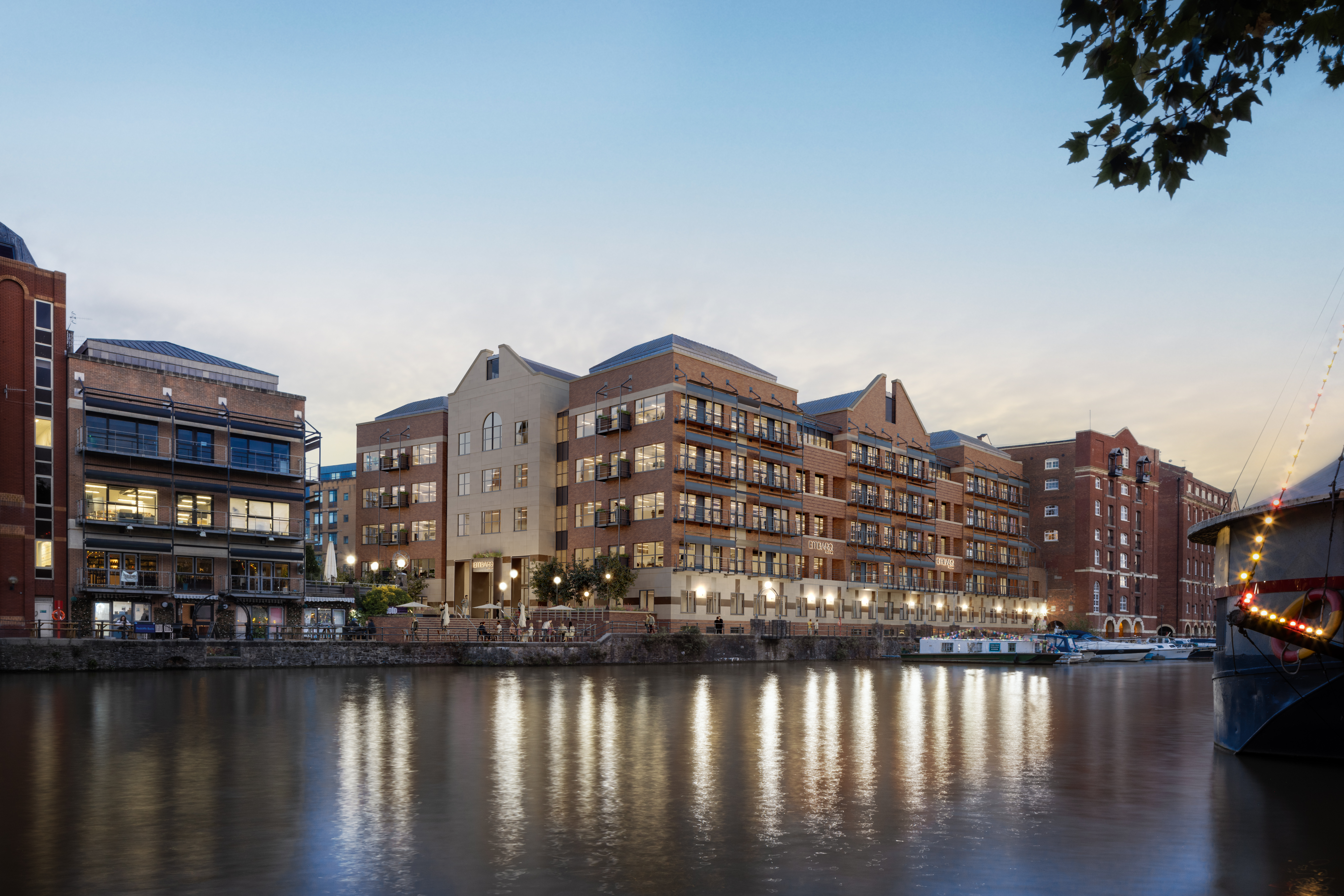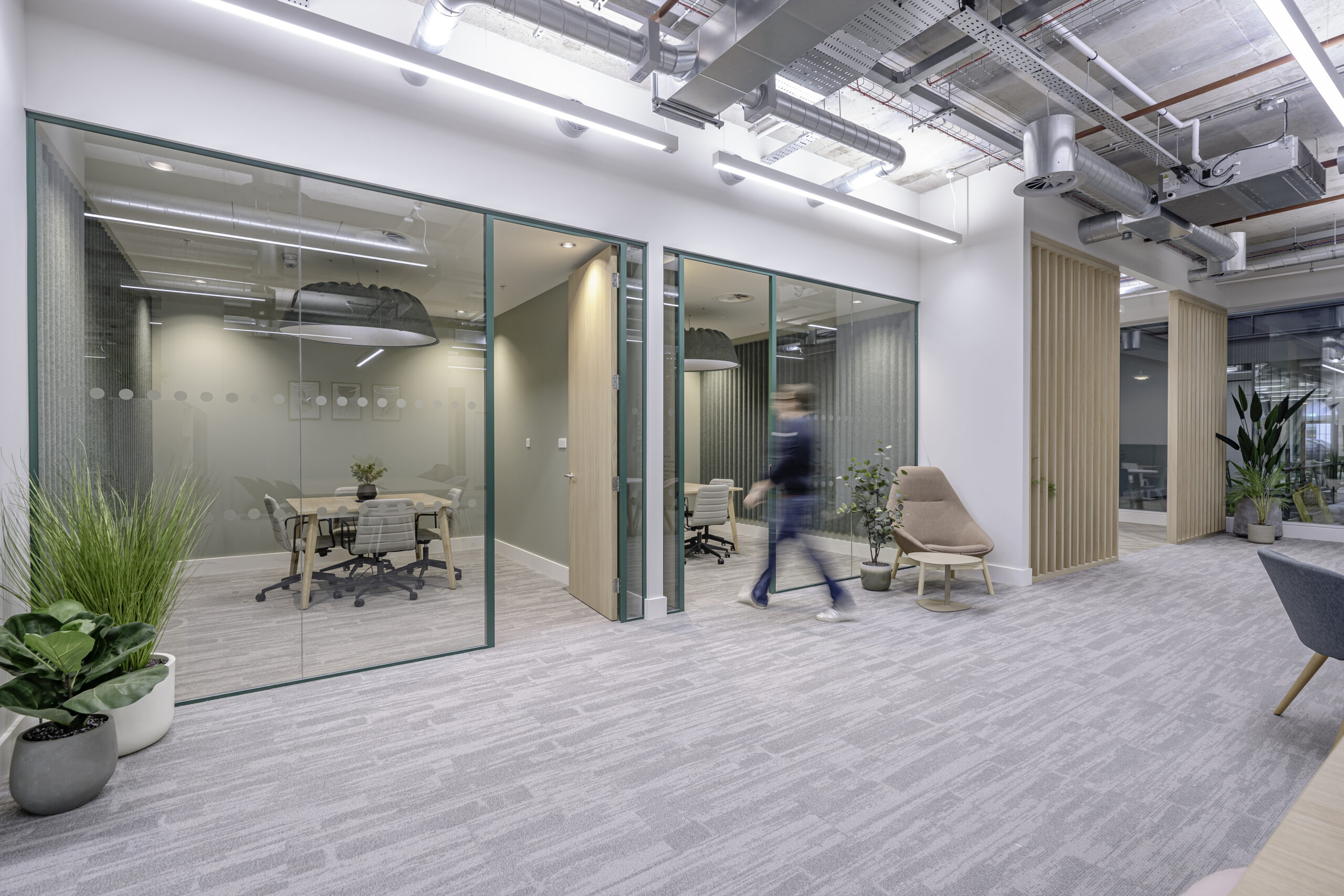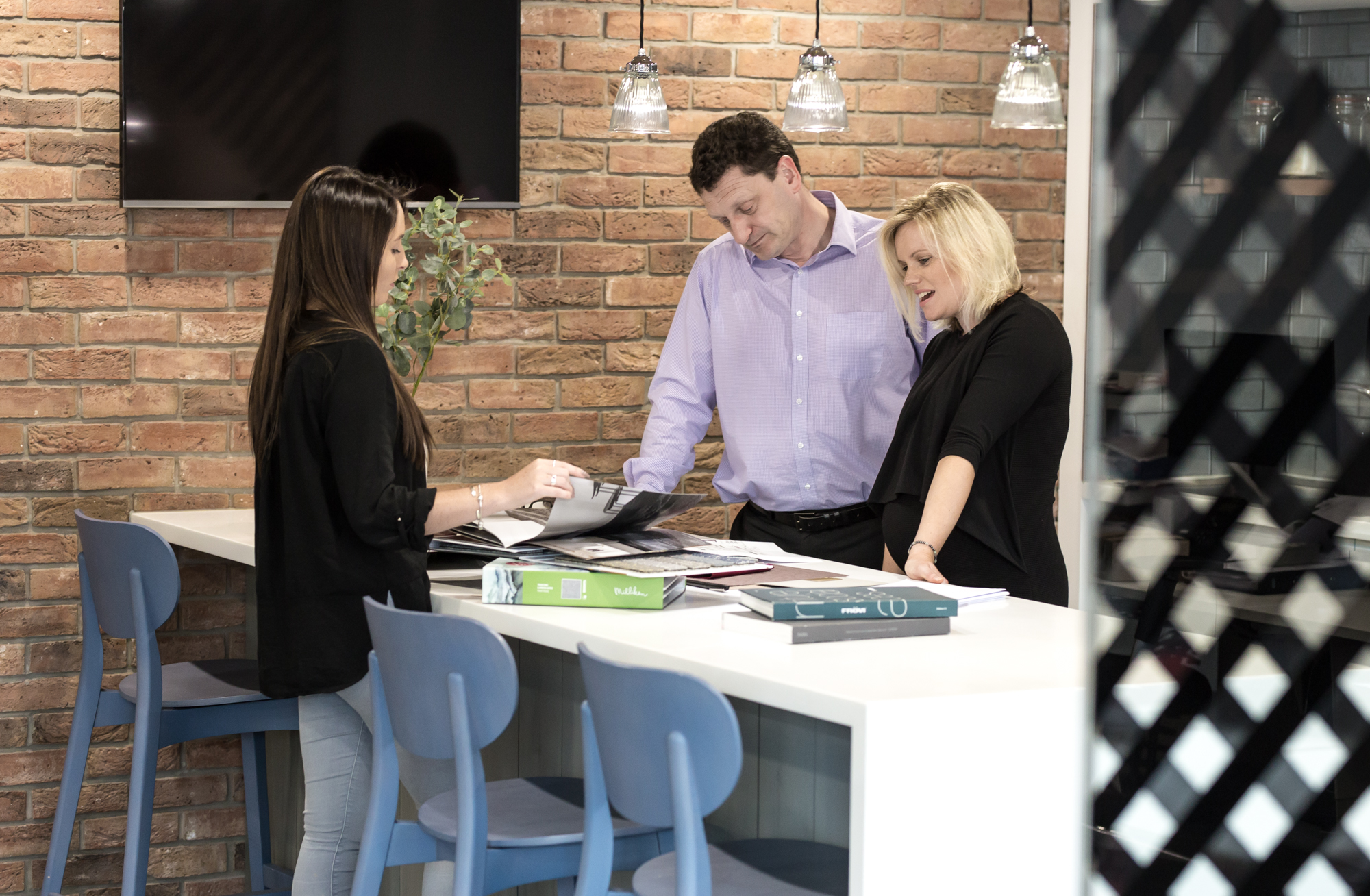How to Design Office Space: Key Considerations for Effective Office Design
Designing office space is more than just arranging desks and chairs. It involves a strategic approach to creating an environment that fosters productivity, enhances employee well-being, and reflects the company’s culture and values. Whether you’re considering an office fit-out, office refurbishment, or starting from scratch, this guide will provide you with essential insights into how to design an office space that meets your business needs.
1. Assessing Your Office Space Needs
Before diving into the design process, it’s crucial to conduct a thorough assessment of your business’s specific needs. This involves understanding the type of work being done, the number of employees, and any special requirements such as meeting rooms, break areas, or collaborative spaces. This assessment will guide your decisions throughout the office design process, ensuring that the space is functional and aligns with your company’s objectives.
Key considerations:
- Type of work: Different tasks require different environments. For example, creative work may benefit from open, collaborative spaces, while tasks that require focus might need quieter, more private areas.
- Employee count: Knowing the number of employees will help determine the size of the space needed and the layout that will best accommodate everyone.
- Special requirements: Consider the need for areas like meeting rooms, breakout spaces, and dedicated zones for specific departments.
2. Planning the Office Layout
The office layout is a critical aspect of office design, as it directly impacts workflow and communication. There are several layout options to consider, each with its own benefits:
- Open-plan offices: Promote collaboration and transparency but can be noisy and distracting.
- Cubicle offices: Offer privacy and focus but may hinder communication and create a sense of isolation.
- Hybrid layouts: Combine open spaces with private areas, offering the best of both worlds.
When planning your layout, consider how your employees work and interact. An effective layout will encourage collaboration where needed while providing quiet zones for focused work. Additionally, think about the flow of movement within the office to avoid congestion and ensure easy access to all areas.
3. Selecting the Right Office Furniture
Office furniture is not just about aesthetics; it plays a vital role in employee comfort and productivity. Ergonomic furniture, such as adjustable chairs and desks, can help reduce strain and discomfort, leading to healthier, happier employees.
Key furniture elements:
- Ergonomic chairs: Support proper posture and reduce the risk of back pain.
- Adjustable desks: Allow employees to switch between sitting and standing, promoting better health.
- Storage solutions: Keep the workspace organised and free of clutter.
Choosing the right furniture also involves considering the office’s aesthetic appeal. The furniture should reflect your brand’s identity and create a welcoming environment for both employees and visitors.
4. Incorporating Technology
In today’s digital age, technology is a cornerstone of any office design. From high-speed internet to video conferencing tools, ensuring that your office is technologically equipped is essential. This includes planning for power outlets, cable management, and future technological upgrades.
Considerations for technology integration:
- Connectivity: Ensure strong Wi-Fi coverage throughout the office.
- Cable management: Avoid clutter by using cable management solutions.
- Future-proofing: Design with future technological advancements in mind, such as integrating smart office solutions.
5. Optimising Lighting and Acoustics
Lighting and acoustics are often overlooked in office design but are critical for creating a comfortable and productive environment. Poor lighting can cause eye strain and fatigue, while poor acoustics can lead to distractions and reduced focus.
Lighting tips:
- Natural light: Maximise natural light by placing workstations near windows.
- Task lighting: Use desk lamps for focused work.
- Ambient lighting: Ensure even lighting throughout the office to reduce shadows and glare.
Acoustic considerations:
- Sound-absorbing materials: Use carpets, acoustic panels, and curtains to reduce noise levels.
- Zoning: Create quiet zones away from noisy areas to help employees focus.
6. Enhancing Aesthetics with Design Elements
A well-designed office is visually appealing and reflects your brand’s identity. Incorporating design elements such as colour schemes, artwork, and plants can significantly enhance the office environment.
Design elements to consider:
- Colour schemes: Choose colours that align with your brand and create the desired atmosphere. For example, blue is often associated with calm and focus, while yellow can boost creativity.
- Artwork: Use artwork to add personality and inspiration to the space.
- Plants: Incorporate greenery to improve air quality and add a touch of nature.
7. Planning for Future Growth
When designing an office space, it’s essential to consider the future. As your business grows, your office needs may change. Designing with scalability in mind ensures that your office can adapt to these changes without requiring a complete overhaul.
Scalability considerations:
- Modular furniture: Use furniture that can be easily reconfigured as needed.
- Flexible layouts: Design layouts that can accommodate additional workstations or changes in team size.
- Technology infrastructure: Ensure that your technology setup can support future upgrades and expansions.
8. Incorporating Sustainability
Sustainable office design is increasingly important as businesses strive to reduce their environmental impact. Incorporating eco-friendly materials, energy-efficient lighting, and sustainable practices can contribute to a greener office environment.
Sustainability tips:
- Eco-friendly materials: Use recycled or sustainable materials for furniture and finishes.
- Energy efficiency: Install LED lighting and energy-efficient appliances.
- Waste reduction: Implement recycling programs and reduce paper usage.
9. Engaging Office Designers and Fit-Out Specialists
It can be a daunting task when thinking how to design office space. That’s why working with professional office designers and fit-out specialists can ensure that your office design project is successful. These experts bring experience and creativity to the table, helping you create a space that meets your needs and exceeds your expectations.
Benefits of professional assistance:
- Expertise: Office designers have the knowledge to create functional and aesthetically pleasing spaces.
- Project management: Fit-out specialists can manage the entire project, from initial design to final installation.
- Customisation: Professionals can tailor the design to reflect your brand and culture.
Conclusion
Designing an office space is a complex process that requires careful planning and consideration. By following the steps outlined in this guide on how to design office space, you can create a workspace that not only meets your current needs but is also flexible enough to adapt to future changes. Whether you are undertaking an office fit-out, refurbishment, or a complete redesign, the key to success lies in understanding your business’s needs, engaging with the right professionals, and staying mindful of trends and technologies that can enhance your office environment.
For more information or to discuss your office design needs, contact Estilo Interiors today by clicking the link here. Our experienced team of office designers and fit-out specialists is here to help you create the perfect workspace.



